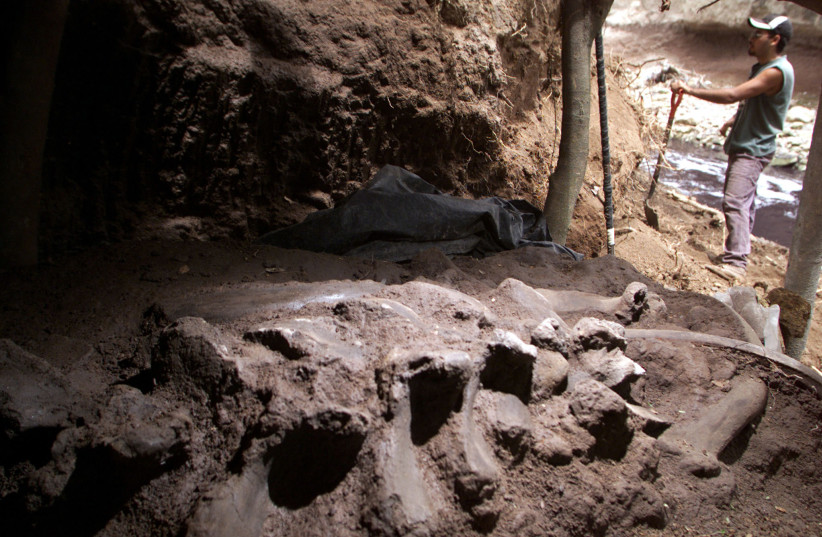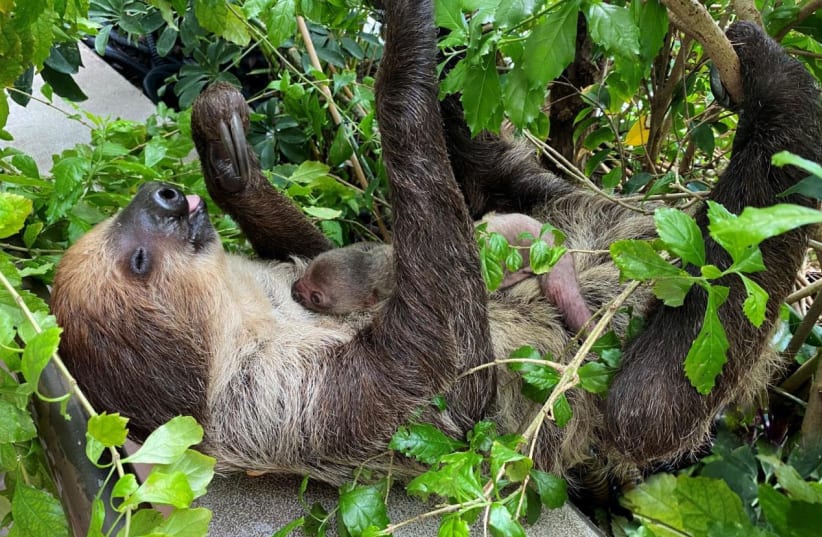Archaeologists and Palaeontologists have uncovered more than 7,000 skeletal remains of extinct species of animals on the Chilean coast, Heritage Daily reported on Sunday.
The extinct species that were uncovered were Camelidae (ancestors of camels), Cervidae (ancestors of deer), Equidae (ancestors of horses), Mylodontidae (an extinct group of giant land sloths), Xenarthra (an ancestor of sloths, anteaters and cingulate), Canidae (ancestor of dogs, foxes and wolves), myocastorinae and octodontidae (two ancestors to rodents) and multiple mylodon (another extinct type of giant sloth) remains.
The area where the remains were found, which was once wetlands, froze during an ice age approximately 24,000 to 17,000 years ago. Now, the area is entirely submerged underwater.
Giant Sloths
Giant sloths lived during the Pleistocene era, between 1.8 million and 12,000 years ago. It is believed that the species died out due to climate change and human hunting, according to the Natural History Museum.
The sloths are thought to have inhabited South America and, unlike modern sloths, they scavenged meat. However, like modern sloths, they ate mostly plants.


One of the smallest species of Giant Sloth, known as the 'Shasta', grew to approximately 9 feet long and could weigh up to 550 pounds.
One of the larger breeds of Giant Sloths, the Megalonyx, grew to about 10 feet long and could weigh up to 2,200 pounds.
“We have also recovered medium-sized species such as foxes, a large number of microfauna made up of various species of rodents, very small marsupials and even remains of reptiles”, said Professor Isabel Cartajena, Director of the OHC and an academic at the Department of Anthropology at the University of Chile
Researchers had to undertake the massive project, which included the excavation by strata, vacuuming sediment and recovering specimens, underwater.
“Until now, the GNLQ1 site has not reported cultural evidence supporting the presence of early human groups. However, this site demonstrates the existence of a landscape available for the occupation and mobility of extinct fauna and early human groups along the Pacific coast of South America”, comments the director of OHC and academic at the Faculty of Social Sciences of the U of Chile.
